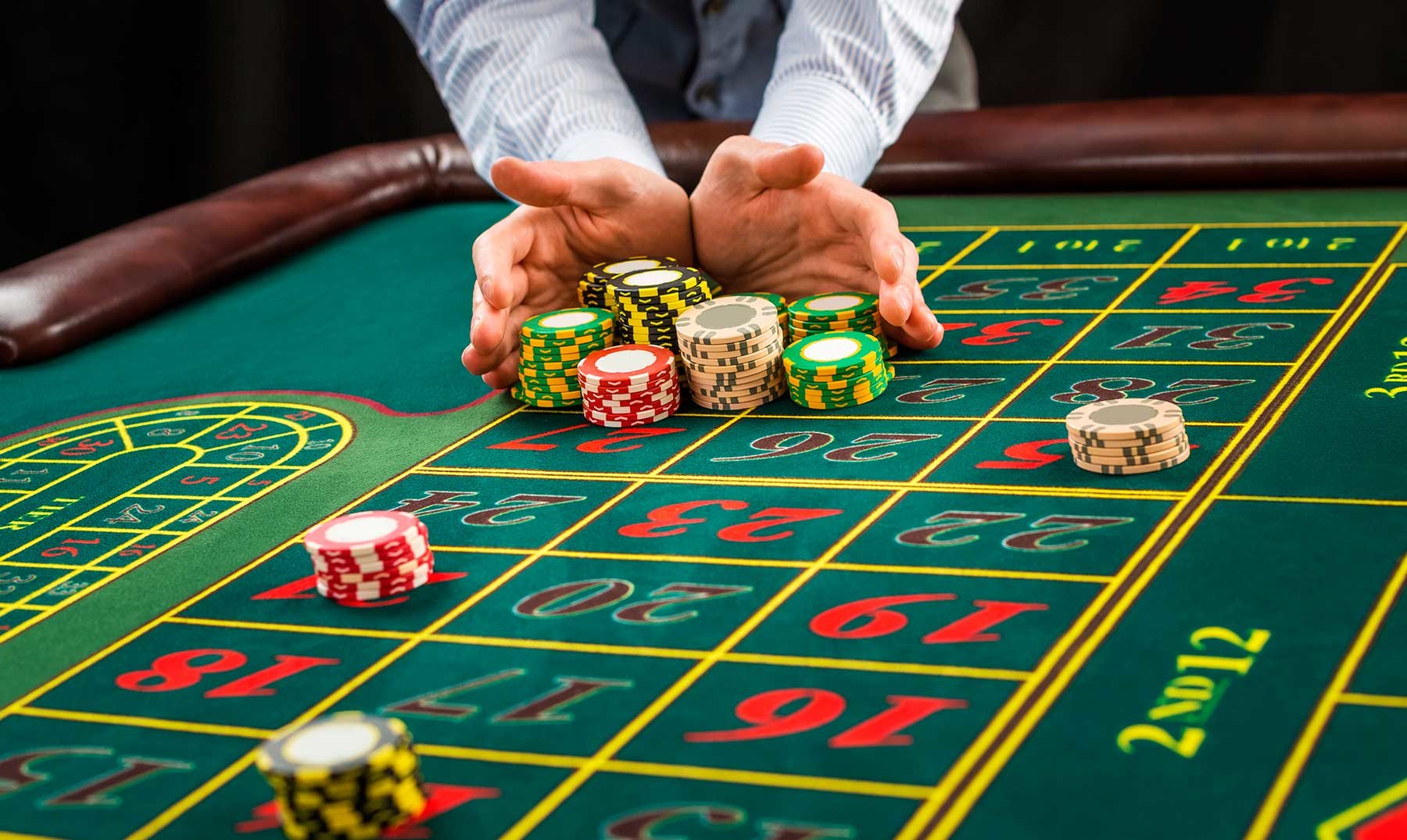
In the world of casino games, few abilities are as essential and mysterious as the art of deceit. Mastering the skill to persuasively portray a false narrative can be the difference between a small win and a life-changing jackpot. Bluffing is not merely about trickery; it involves a profound understanding of people’s minds, strategy, and the dynamics of the tables. Whether you’re playing Texas Hold’em, Omaha, or various other well-known variants, the subtleties of bluffing can elevate your game and keep your opponents on their toes.
As players convene around the felt, the stakes escalate, and the pressure thickens. It is within this charged atmosphere that the genuine mastery of bluffing becomes apparent. Knowing when to bait a trap, when to fold, and when to unleash a calculated bluff requires an keen awareness of not only your own hand but also the actions and tendencies of your opponents. In this exploration of the skill of bluffing, we will delve into techniques, psychological tactics, and the subtle interplay of risk and reward that characterize this fascinating aspect of casino games.
Grasping Bluffing Techniques
Bluffing is a crucial element of poker that can shift the balance of a game in an instant. It involves persuading your rivals that you hold a better hand than you truly do. The key to effective bluffing is in the subtlety of your moves. A well-executed bluff demands a deep understanding of your opponents’ behaviors and the dynamics of the game environment. Knowing when to bluff involves analyzing the value of your cards and deciding if the hazard is balanced by the possible gain.
There are multiple techniques implemented by gamers to enhance their bluffing approach. One frequent approach is the semi-bluff, where a player bets with a set that is not at the moment the strongest but has the capacity to improve. This approach allows players to add to a pool while still maintaining the option of a powerful hand in future hands. Additionally, the old adage "timing is everything" is valid in the game. Bluffing at the appropriate moments, such as when the board presents an bad scenario for your rivals, can make your trickery much more persuasive.
Reading your rivals is an important ability for any winning bluffer. Watch for indicators that show whether a player is bold or unsure. Subtle changes in body language, betting habits, and reaction times can provide crucial clues. Additionally, comprehending the mental aspects of the game enables players to adapt their strategies. A strong bluff not only relies on the combination in possession but also on the overall narrative you create throughout the game, causing your rivals to challenge their own judgments and decisions.
Psychology Behind Deception
Bluffing in the game of poker is fundamentally rooted in the psychology of both the player who bluffs and the rival. At the core, bluffing exploits the doubt and fear of loss that players experience. Successful bluffers recognize that their opponents are not just responding to the hand, but also to the perceived confidence and actions of their rival. By displaying strength through wager amounts and physical cues, a player can manipulate their opponents into folding stronger hands, taking advantage of the psychological pressure created in the situation.
Emotional control is a crucial aspect of successful bluffing. Players must control their own feelings while also interpreting the reactions of others. A good bluffer stays calm and collected, avoiding any signs of anxiety or hesitation. This emotional stability helps to reinforce the story of strength they are trying to project. Conversely, opponents who detect fear or uncertainty are more likely to contest a bluff. Therefore, the ability to maintain composure under stress is a vital psychological skill for every effective poker player.
Grasping the opponent’s mindset is equally important in the craft of bluffing. Every player brings their own set of beliefs, preferences, and backgrounds to the table, which can affect their decisions. A keen observer will evaluate their opponents’ playing styles and tendencies, making informed assumptions about how they might respond to a bluff. By adjusting their strategy based on these observations, bluffers can improve their effectiveness and increase the likelihood of realizing their desired outcome, highlighting the idea that successful poker is as much about the mind as it is about cards.
Examples of Successful Bluffs
One of the most famous bluffing moments in poker history occurred during the 1999 World Series of Poker final table featuring the legendary Phil Ivey. Facing a formidable opponent, Ivey was holding an unimpressive hand while his rival seemed to have a strong set. With carefully considered confidence, Ivey pushed all his chips into the pot, a move that created shockwaves through the table. His opponent, intimidated by the weight of Ivey’s reputation and the sheer force of the bet, ultimately folded, allowing Ivey to claim the pot without having to show his cards. This moment exemplifies how a well-timed bluff can leverage mental pressure to achieve victory. sơn kê 88
Additionally, another example occurred at the 2003 World Series of Poker, where amateur player Chris Moneymaker induced a fold from professional player Sam Farha. Moneymaker held a mediocre hand yet expertly portrayed strength, culminating in a large bet on the river that had Farha doubting his own holding. The tension at the table escalated as Moneymaker kept a calm demeanor, leading Farha to critically evaluate the situation before deciding to fold a superior hand. This pivotal bluff not just marked Moneymaker’s rise to fame but also illustrated how a novice can outsmart seasoned professionals with the right mix of courage and strategy.
Finally, one of the most effective bluffs in tournament history can be credited to Gus Hansen during the 2007 Aussie Millions Poker Championship. Hansen played aggressively, often using his image as a wild player to instill doubt in his opponents’ minds. During a key hand, he found himself with a low pair against an opponent who had shown previous strength. By placing a massive bet that represented a strong hand, Hansen compelled his opponent into a tough decision. After a lengthy deliberation, his rival folded, and Hansen revealed his weaker cards, demonstrating how a blend of reputation and strategic bluffing can turn the tide in critical situations.
